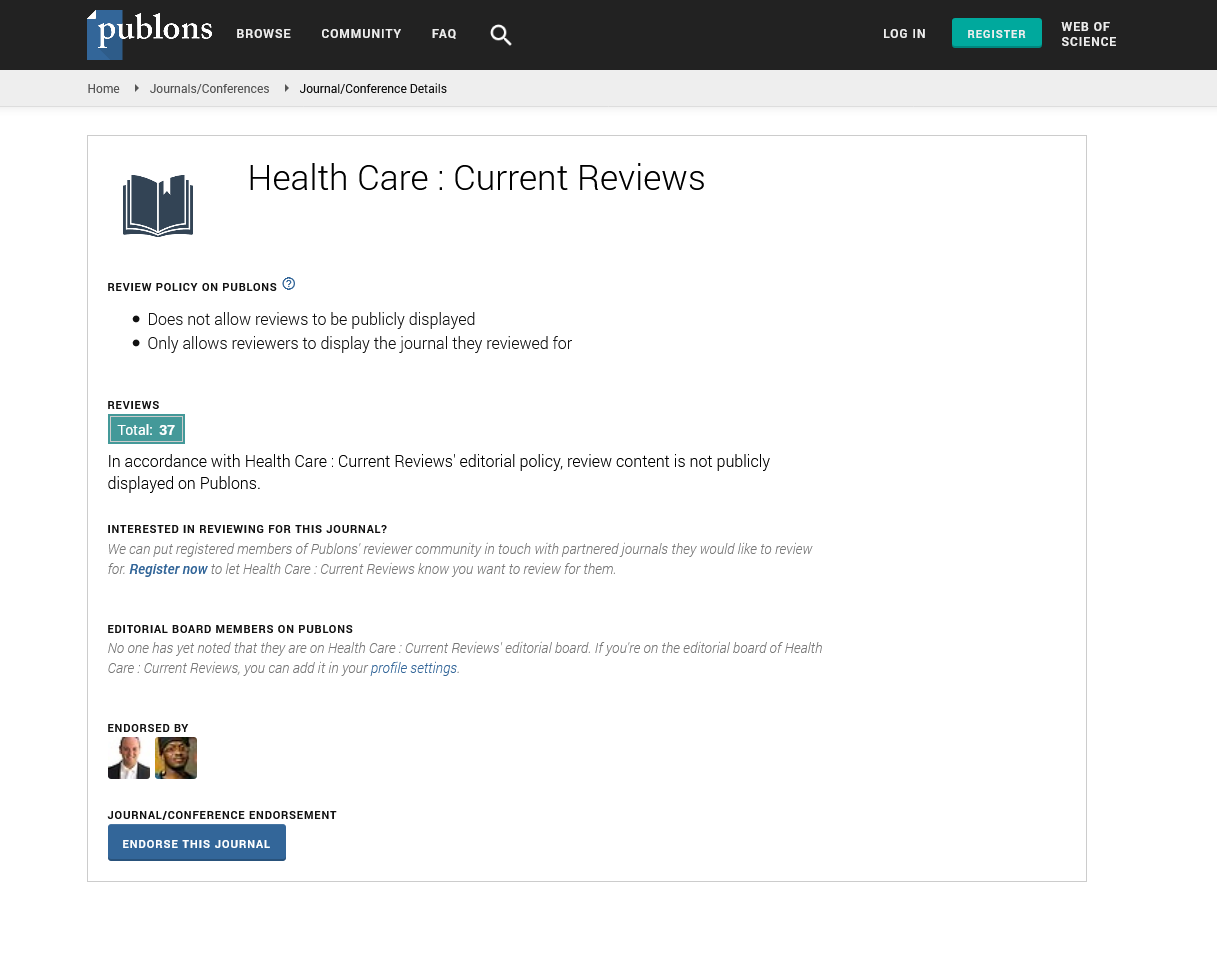PMC/PubMed Indexed Articles
Indexed In
- Open J Gate
- Academic Keys
- RefSeek
- Hamdard University
- EBSCO A-Z
- Publons
- Geneva Foundation for Medical Education and Research
- Google Scholar
Useful Links
Share This Page
Journal Flyer

Open Access Journals
- Agri and Aquaculture
- Biochemistry
- Bioinformatics & Systems Biology
- Business & Management
- Chemistry
- Clinical Sciences
- Engineering
- Food & Nutrition
- General Science
- Genetics & Molecular Biology
- Immunology & Microbiology
- Medical Sciences
- Neuroscience & Psychology
- Nursing & Health Care
- Pharmaceutical Sciences
Assessing neonatal mortality trends in Pakistan: An insight using equity lens
10th Asia Pacific Global Summit on Healthcare
March 12-14, 2018 Singapore
Zainab Dawood
College of Physicians and surgeons Pakistan, Pakistan
Posters & Accepted Abstracts: Health Care Current Reviews
Abstract:
Estimated 130 million infants born each year worldwide, 4 million die in the first 28 days of life. Two-thirds of the world's neonatal deaths occur in just 10 countries, mostly in Asia. Pakistan is number three among these countries. With an estimated of 298,000 neonatal deaths annually and a reported neonatal mortality rate of 49 per 1000 live births and Pakistan accounts for 7% of global neonatal deaths. Inequities exist in access to and utilization of many preventative and curative health services and are particularly exacerbated between the richest and poorest and across geographical regions in Pakistan. Despite various initiatives taken to improve maternal health indicators, the progress has been slow with wide disparities based on income level, class and social status. The study was done using raw data from the last two Pakistan Demographic & Health Surveys (2012-13 and 2006-7). Inequities were observed in neonatal mortalities in different wealth quintiles by geography (Provinces) and type of residence (Rural/Urban population). Inequities are represented by concentration curves which plots the cumulative proportion of the individuals under consideration ranked by wealth against the cumulative proportion of the health/healthcare variable (e.g. antenatal care visits, skilled birth attendant, etc.) being measured. When we compare the concentration index for neonatal deaths by wealth quintile for Pakistan, there was an overall decrease, reflecting an improvement in terms of equity as the gap between the number of deaths among the richest and poorest quintiles narrowed down. PDHS for Pakistan shows that the gap between the richest and poor wealth quintiles has reduced; although the overall neonatal mortality has increased from 55 to 58 live births nationally. This could be an alarming indicator for quality of services being provided even in the urban areas. dr.zainabdawood@gmail.com

